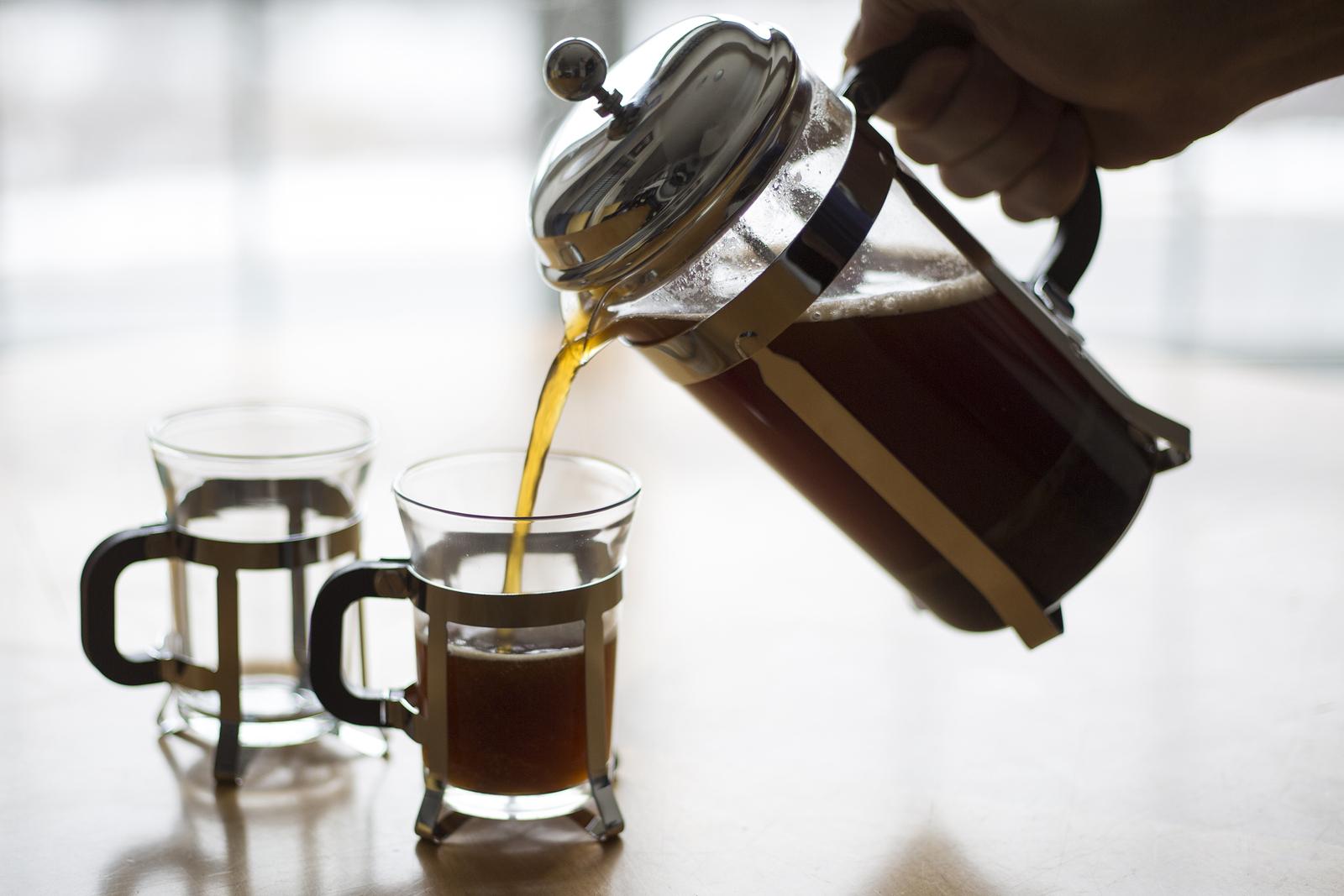Drip-brewed coffee, often simply called "drip coffee," is one of the most popular methods for making coffee in many households and cafes worldwide. It is known for its simplicity, convenience, and ability to produce a clean, flavorful cup of coffee. Here’s a detailed exploration of drip-brewed coffee:
What is Drip-Brewed Coffee
Drip-brewed coffee is a method where hot water is poured over ground coffee beans, allowing the water to pass through drip brewed coffee the grounds and extract flavors. The water then drips through a filter into a carafe or pot, hence the name "drip coffee." The method uses gravity to pull water through the coffee grounds and filter. This process results in a coffee that is light to medium-bodied with a clean taste and is ideal for those who enjoy a straightforward, uncomplicated cup.
How Drip-Brewed Coffee Works
Grinding the Coffee Beans: Drip coffee generally requires a medium grind size. Too fine a grind can result in over-extraction, leading to a bitter taste, while too coarse a grind may lead to under-extraction, resulting in a weak and sour flavor. A medium grind allows for optimal extraction of the coffee's flavors.
Measuring Coffee and Water: A typical ratio for drip coffee is 1:15 to 1:18, meaning one part coffee to 15-18 parts water. For example, for 1 ounce (28 grams) of coffee, 15-18 ounces (450-530 milliliters) of water would be used. This ratio can be adjusted based on personal taste preferences.
Heating the Water: The water used for brewing should ideally be between 195°F to 205°F (90°C to 96°C). This temperature range allows for the best extraction of coffee flavors. Too hot, and the coffee can taste bitter; too cold, and the flavors will be flat and under-extracted.
Brewing Process: The heated water is poured over the coffee grounds. Most drip coffee makers are automatic, but manual methods (such as a pour-over) involve pouring water by hand. As the water passes through the grounds, it extracts flavors, oils, and aromas, creating the coffee that drips into a carafe or pot.
Filtering: Drip coffee is brewed through a filter, which can be either paper or reusable metal. Paper filters tend to trap more of the coffee oils, resulting in a cleaner and brighter cup. Metal filters allow more oils and small particles through, leading to a fuller-bodied coffee with a richer mouthfeel.
Serving the Coffee: Once brewed, the coffee can be served immediately. Drip-brewed coffee is typically enjoyed black, but many people add milk, cream, sugar, or other flavorings to suit their taste.
Types of Drip Coffee Makers
Automatic Drip Coffee Makers: These are the most common drip coffee machines found in homes and offices. They are convenient and easy to use, often requiring just the addition of coffee grounds and water before pressing a button. Automatic machines control the temperature and timing, ensuring consistency in each brew.
Manual Drip Methods (Pour-Over): Methods like the Chemex, Hario V60, or Kalita Wave fall under this category. Pour-over methods give the user more control over the brewing process, including water temperature, pouring technique, and extraction time, allowing for a more customized cup of coffee. Pour-over brewing requires practice to master, but many coffee enthusiasts prefer it for its ability to highlight the nuanced flavors of the beans.
Advantages of Drip-Brewed Coffee
Consistency: Drip coffee makers, especially automatic ones, provide a consistent brewing process that can be easily repeated, making it easy to enjoy a reliable cup of coffee every time.
Convenience: Automatic drip coffee makers are straightforward to use. Just add water and coffee grounds, press a button, and let the machine do the work. This convenience is why they are commonly found in homes, offices, and cafes.
Clean Taste: Due to the filtration process, drip-brewed coffee often has a clean, crisp taste that highlights the coffee's natural flavors without the added texture or oils found in methods like French press brewing.
Customization: While automated, drip coffee makers allow for some level of customization. Users can adjust grind size, coffee-to-water ratio, and brew strength.
Disadvantages of Drip-Brewed Coffee
Less Control in Automatic Machines: Unlike manual methods like pour-over or French press, automatic drip machines offer limited control over specific variables such as water temperature, brewing time, and pouring speed, which can affect the flavor profile of the coffee.
Potential for Over-Extraction or Under-Extraction: If the coffee-to-water ratio or grind size isn't properly adjusted, the resulting coffee can be too bitter (over-extracted) or too sour (under-extracted).
Maintenance: Drip coffee makers require regular cleaning to prevent the buildup of coffee oils and minerals from water, which can affect the taste and longevity of the machine.
Conclusion

